History of North Watford Bowls Club
In the early 19th century, Watford was a small town surrounded by farmland and manorial estates owned by the Earls of Essex and the Earls of Clarendon. Callowland Farm and Bushey Hall Farm dominated much of the farmland, as indicated by census documents from the 1880s.
The development of Watford took a significant turn in 1833 when the London and Birmingham Railway began constructing its new long-distance railway line through the town. By 1838, the railway line was operational, connecting London Euston to Boxmoor. This development improved Watford’s links to London and other cities, making it attractive to industry and spurring the need for more housing.
In 1881, George Capell, 7th Earl of Essex, purchased Callowland from the Master and Fellows of Merton College, Oxford. This marked the beginning of housing development in the area, which eventually became known as Watford New Town. By the 1890s, house building was well underway in Callowland.
The evolution of Callowland Farm can be traced through historical records. In the 1881 census, Adam Johnston was listed as the farmer, managing 160 acres of land. By the 1891 census, Joseph Bird had taken over as the farmer. However, by 1899, development had encroached upon the farm, and Joseph Bird was no longer listed in the directory.
The expansion of Watford continued into the early 20th century, with Watford Council purchasing 130 acres of the Callowland Estate for further house building. This period also saw the establishment of recreational facilities in the area, such as the Recreation Ground with its distinctive perimeter path system, which existed by 1910. The naming of Ashby Road is most probably associated with Robert Ashby who, alongside local builders Charles Brightman & Sons Ltd, played a significant role in the development of the Callowland Estate.
As development progressed, opposition to the name “Callowland” emerged, leading to its renaming as North Watford in 1916. The railway station on the St Albans branch line was also renamed in 1927 to reflect this change.
The expansion of Watford and the development of North Watford (formerly Callowland) reflect the broader trends of urbanization and industrialization during the 19th and early 20th centuries.
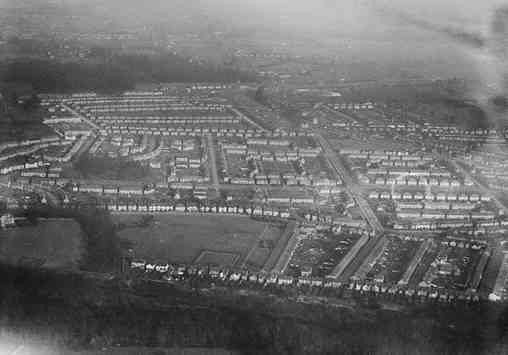
Aerial photo of the Recreation Ground in 1931
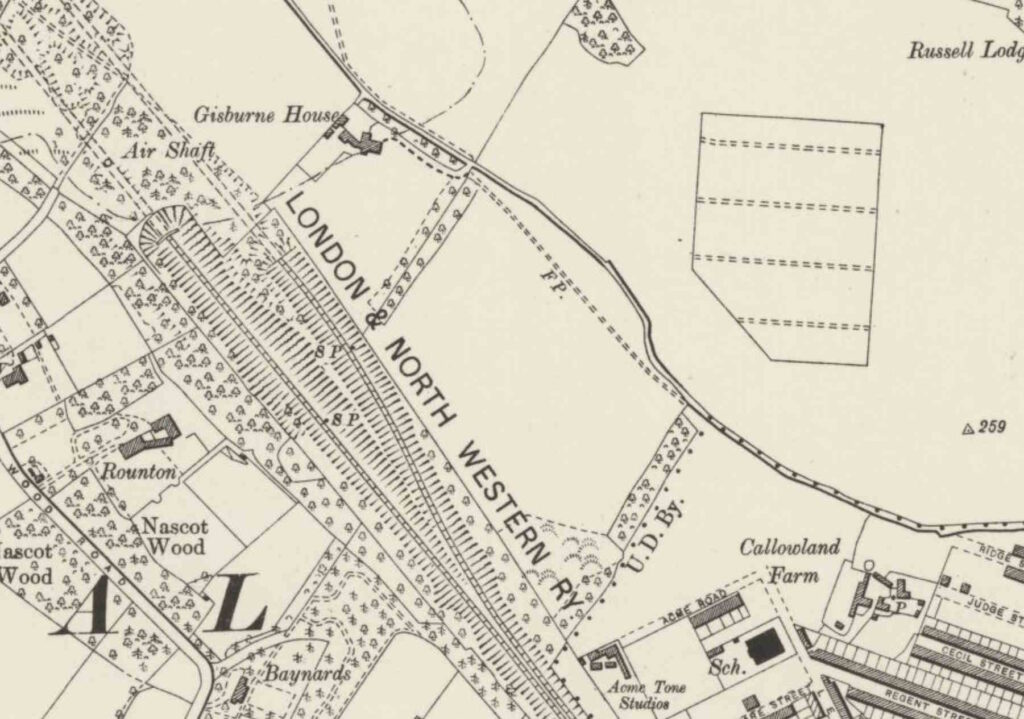
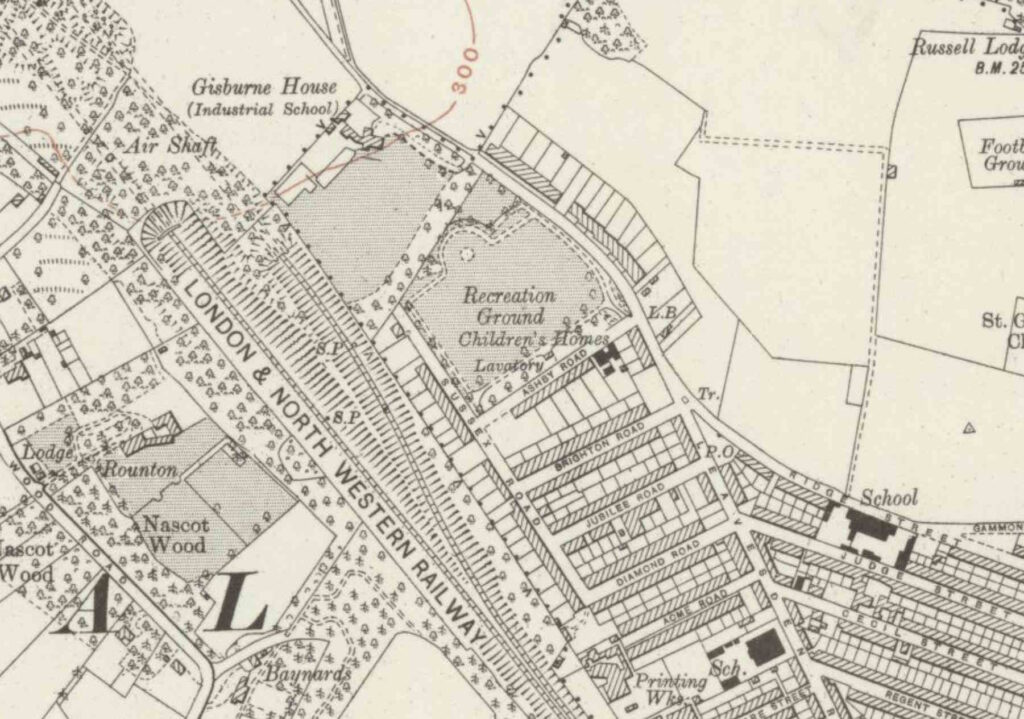
On the left is a map of the Recreation Ground area in 1896 and then again, on the right, in 1912
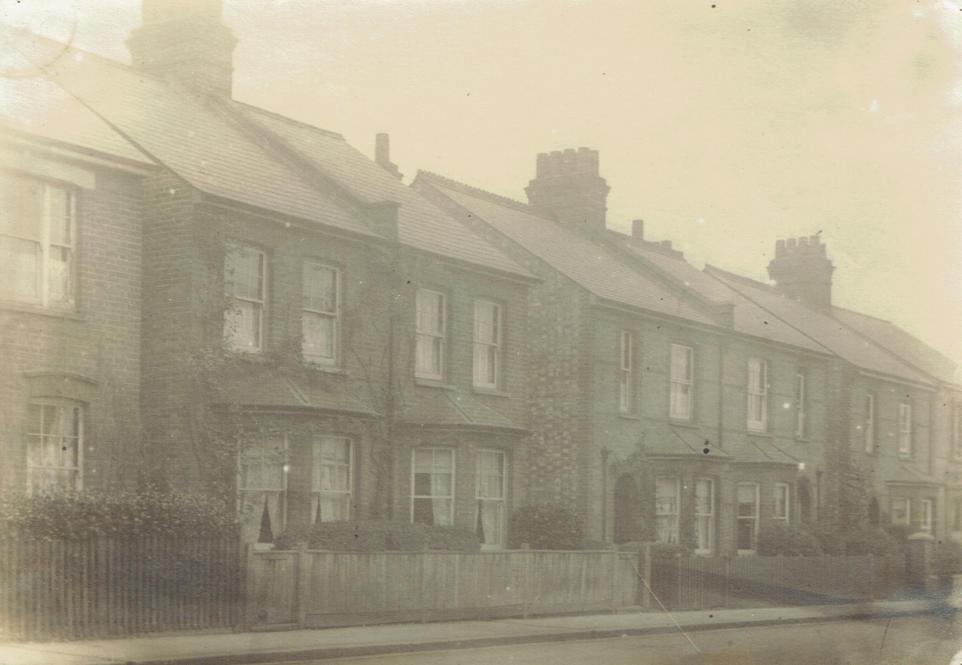
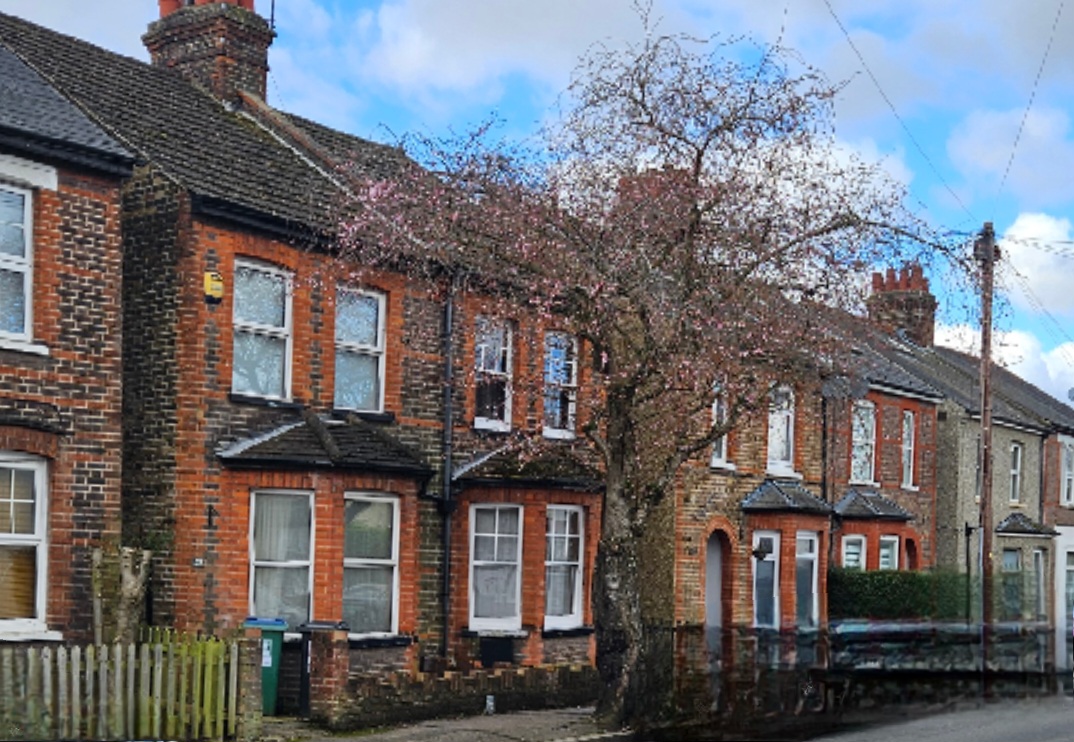
Sussex Road, bordering the South West edge of the Recreation Ground, in 1922 on the left and 2024 on the right
North Watford Bowls Club has been an integral part of the community since its establishment on June 29th, 1926. It all began with a meeting at Jefferies Hall, St. Albans Road, where Councillor Harry Horwood was elected Chairman and Mr. H. Clark became the Secretary.
Things moved quickly, and by November of the same year, a Green of Cumberland turf was laid down, thanks to Messrs. Gryze and Company from Kingston upon Thames. In January the following year, an invite for tenders for the erection of a pavilion at the site was posted on the front page of the Watford Observer.
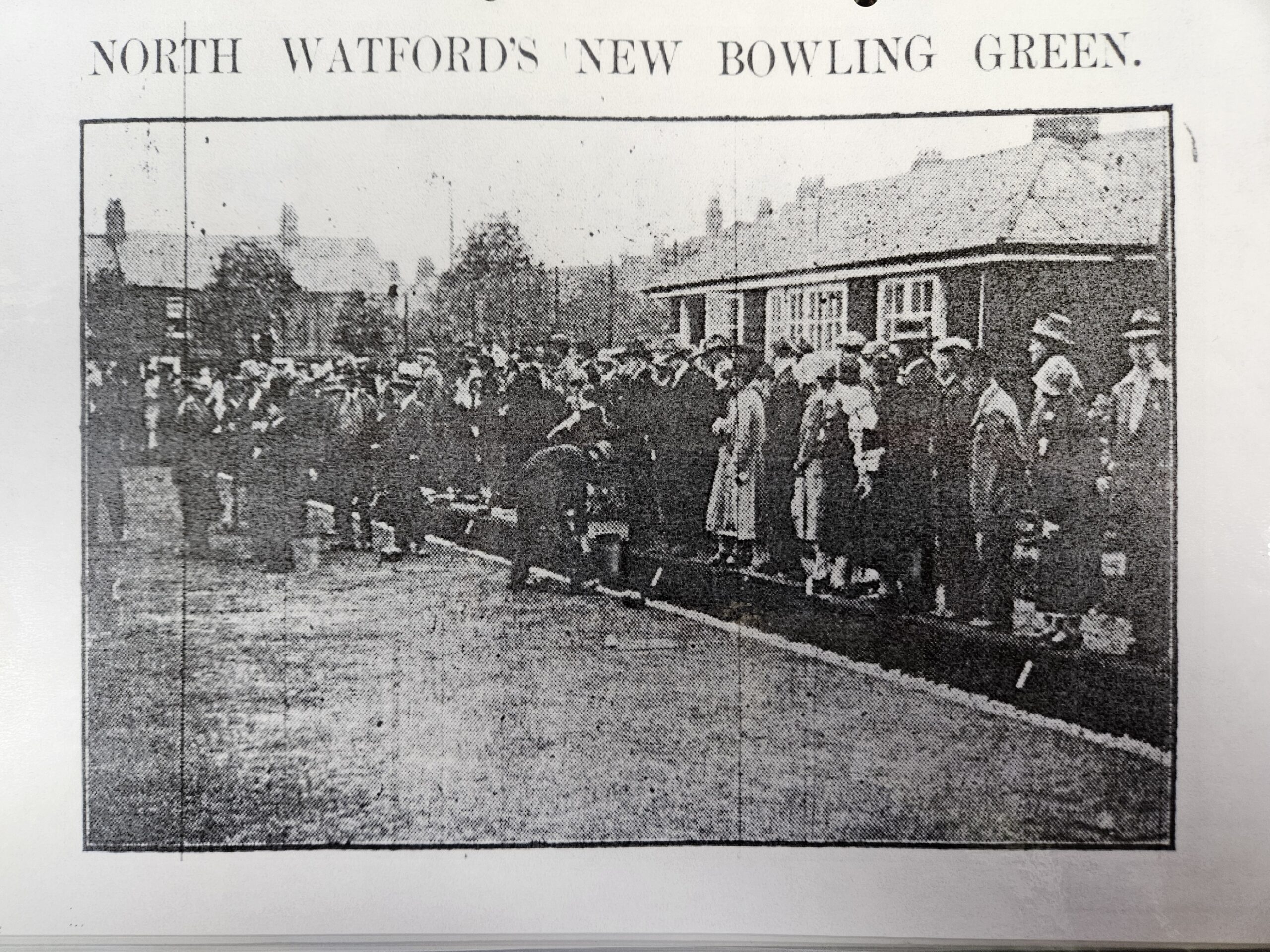
Photo of North Watford Bowls Club in 1927 with the newly built Pavilion in the background
The official opening took place on Wednesday 6th July 1927, with the Mayor of Watford, Alderman Thomas Rubython Clark, delivering the first Wood, officiating and Alderman Fredrick William Jeffs laying the first jack.
A match between representatives of the Watford Corporation and a team drawn from members of North Watford Bowls Club then proceeded on three rinks. Rain fell before the game had been long in progress, but the match concluded about 10 o’clock. North Watford winning by 68 to 46.
Rink 1 (18-18)
North Watford: A. Emery, H. Clerk, J. Bedsom, C. Owen (skip)
Watford Corporation: The Mayor, W. Grace, F. T. Roberts, W. Batcheldor (skip)
Rink 2 (22-19)
North Watford: R. Jones, H. Wood, H. Wilson, G. Newberry (skip)
Watford Corporation: F. J. B. Hemming, W. Tucker, W. J. Clarke, T. Rushton (skip)
Rink 3 (28-9)
North Watford: C. Beck, P. Haigh, F. Dadi, W. Brydon (skip)
Watford Corporation: J. A. Ross, J. Evans, F. Williams, F. W. Jeffs (skip)
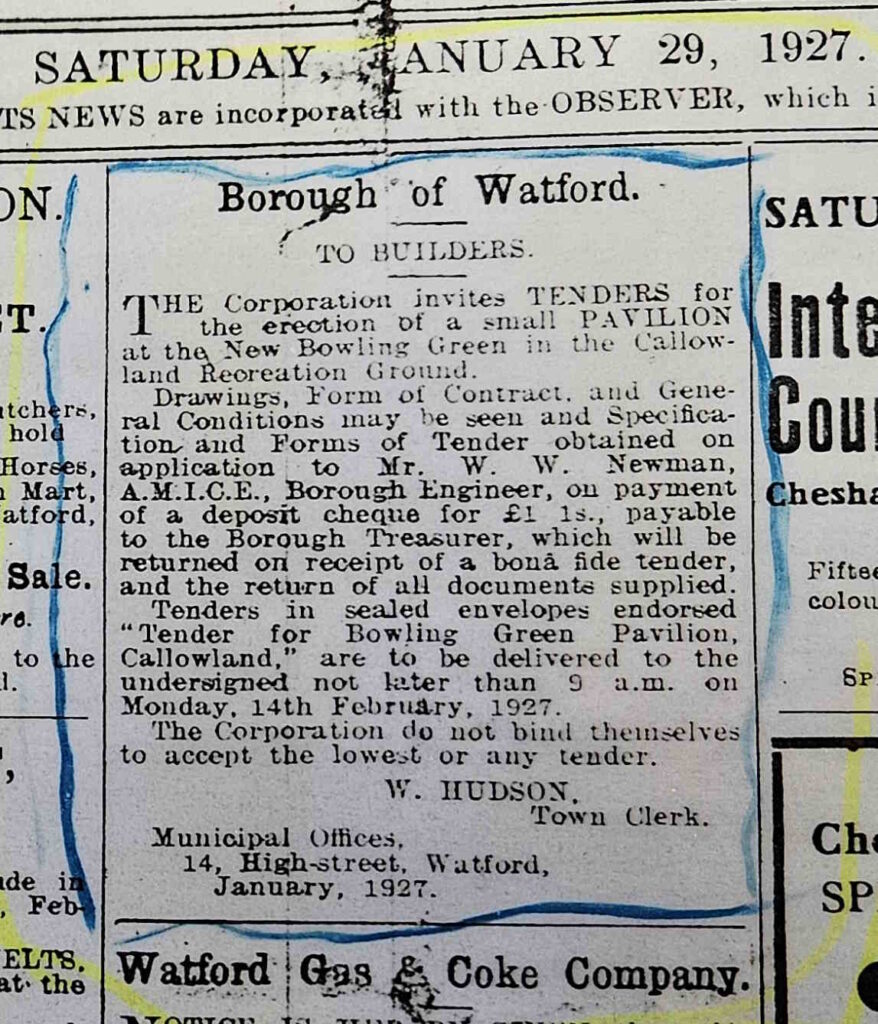
Watford Observer, Saturday, January 29th, 1927
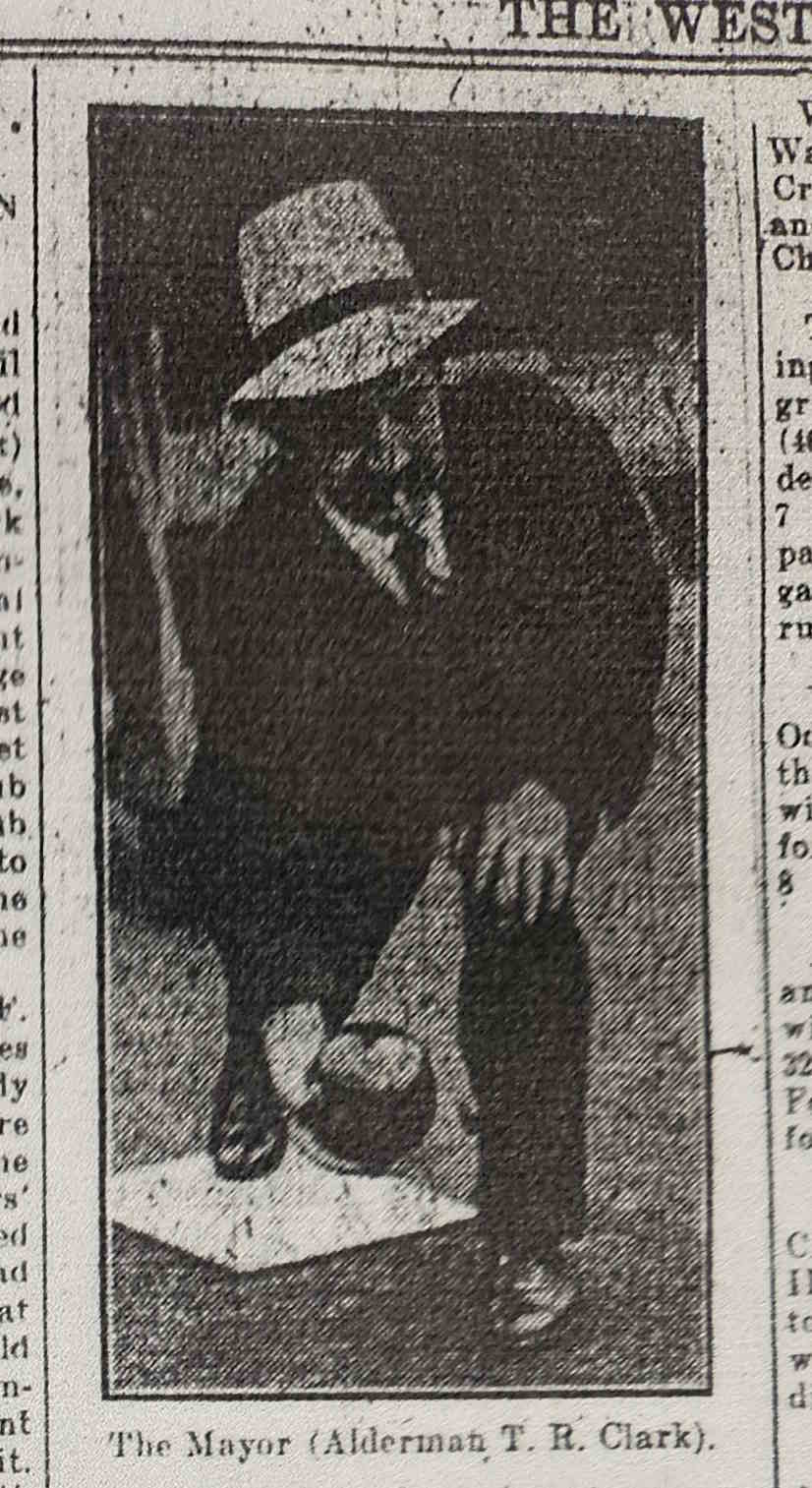
Mayor of Watford at the opening of NWBC
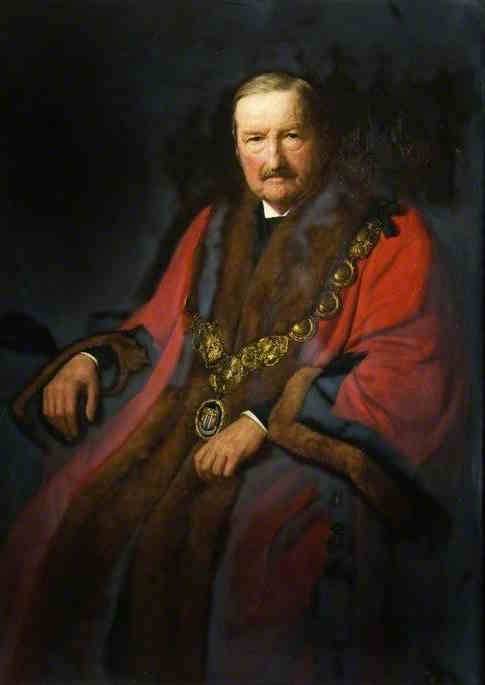
Painting of Alderman Ralph Alfred Thorpe by George Henry Grenville Manton
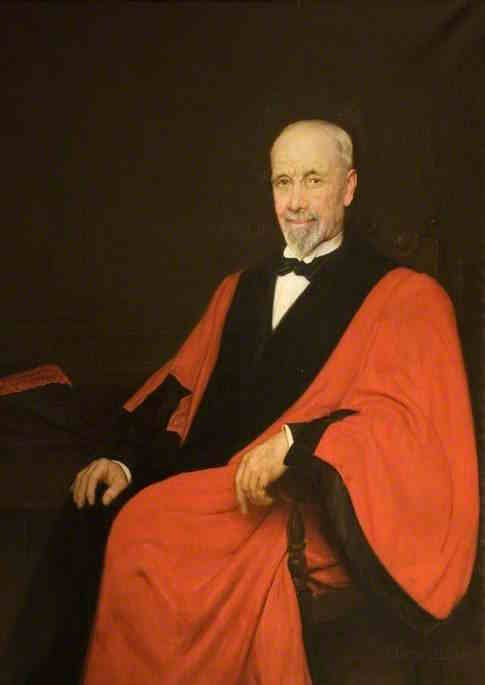
Painting of Alderman William Tucker by George Henry Grenville Manton
The first President of North Watford Bowls Club was Alderman Ralph Alfred Thorpe from 1927 until his death in 1929. Alderman Thorpe had held many titles within the Watford community including Chairman of Watford FC (1903-1909, 1914-1922), Mayor of Watford (1923-25) and Honorary Freeman of the borough (admitted 22 June 1927). He also founded the Wells (Red Lion) Brewery on St. Albans Road.
In 1934, Alderman William Tucker took the mantle of President and, on Friday 12th April 1935, presided over the formation of North Watford Bowls Club, Ladies Section making history as the first in Watford. Adorned in hues of regal red and navy blue, echoing the spirit of the Silver Jubilee year of King George V. The photo below shows Alderman Tucker presenting the Jubilee Cup to his daughter, Mrs. Dumphy, alongside President of the County and North Watford member, Mrs. Wood.
In November 1935, North Watford Ladies applied for affiliation to the English Women’s Bowling Association through the Hertfordshire County Bowling Association. However, their aspirations were abruptly halted by the outbreak of World War II. In the wake of the conflict, the County passed a resolution to halt all activities, casting a shadow over their endeavors.
In 1946, North Watford Bowls Club found themselves grappling with burgeoning membership and the Ladies Section found themselves looking for new accommodations. The Borough Council offered rinks at Lea Farm, to be shared with the Garston Men’s Bowls Club. They accepted the offer, using their War Bonds to fund the move, taking their records and honors board with them. They decided to drop the “North” from their name, becoming The Watford Ladies Bowls Club.
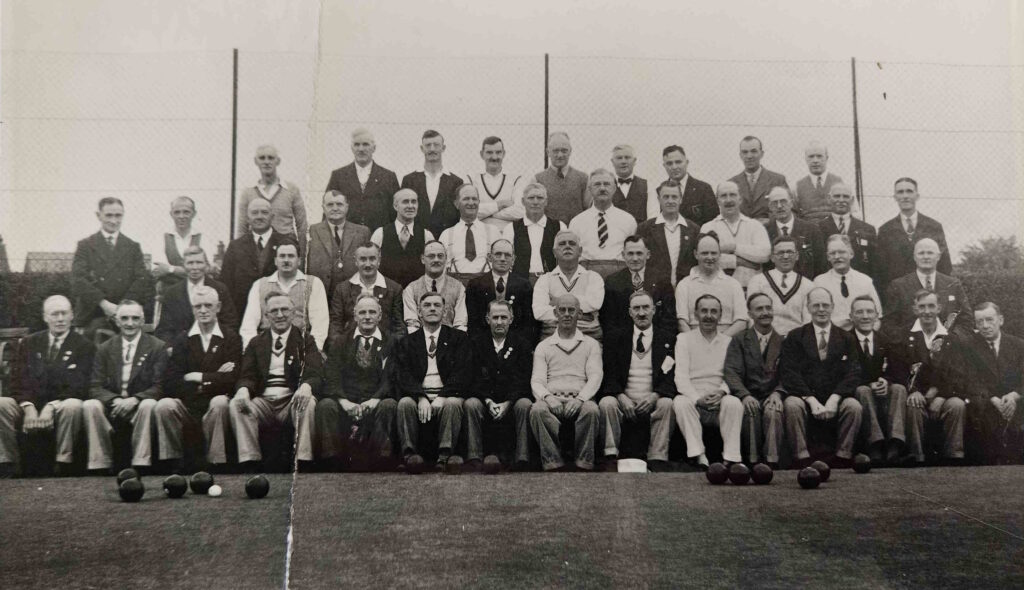
North Watford Bowls Club photographed in 1936
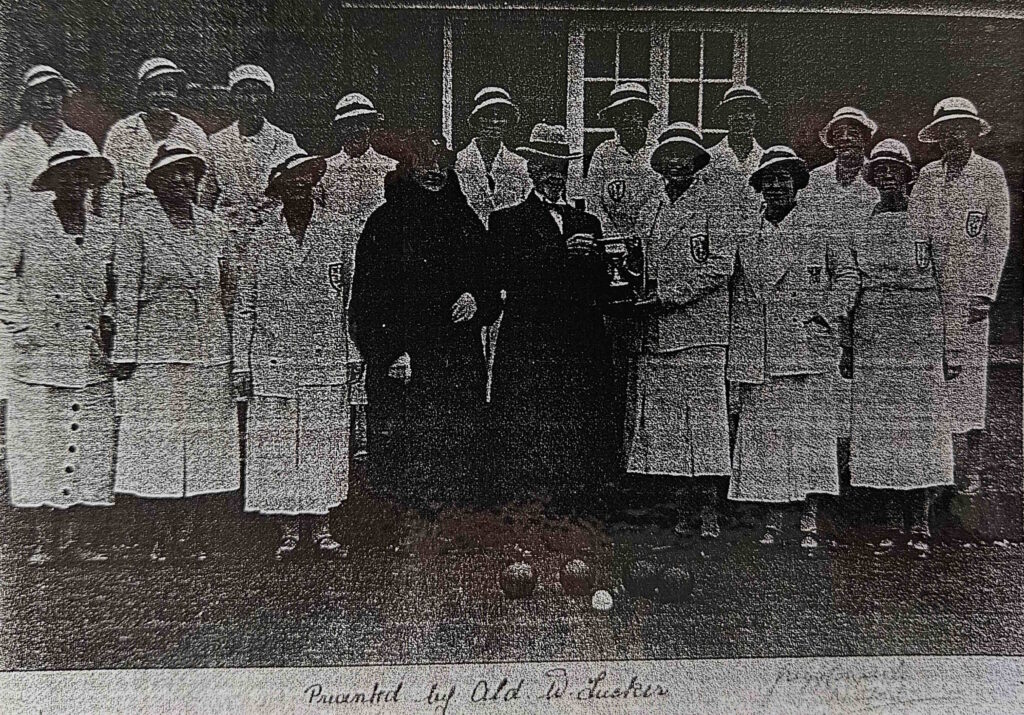
North Watford Bowls Club, Ladies Section photographed in 1935
The most prestigious club event occurred either side of World War II, when in the 1939 season the club reached the last eight of the National Men’s Double Rink competition due to be played in September. Unfortunately war was declared and the competition was postponed indefinitely. After the war finished in the summer of 1945 the quarter finals were resumed and North Watford eventually finished as National runners up to Consett Park Bowls Club from County Durham.
A significant feature of our club is the clock on the Pavilion facade, which honors members who lost their lives during World War II. A plaque below the clock states:
“The Clock erected above is sacred to the Memory of our Comrades S. Tootle, E. Hoad, G. Rogers. Who gave their lives in the Great War 1939-1945. They gave their lives that we may live. Nothing more precious could they give”
George Stanley Tootle (Home Guard) of 124 Gammons Lane, Watford, died at the Peace Memorial Hospital of unknown circumstances on the 22nd September 1940 aged 35
Private George Fredrick Rogers (Royal Army Service Corps) of 130 Gammons Lane, Watford, died at the age of 44 on the 6th October 1944. George is buried at Jonkerbros War Cemetery in the Netherlands.
Bombardier Edward (Ted) Arthur Hoad (Royal Artillery) from Watford. Sailing on 6 February 1944 from Kilindini Harbour at Mombasa, Kenya to Colombo, Ceylon in Convoy KR-8, the SS Khedive Ismail was attacked by a B1 type Japanese submarine. On 12 February 1944 the Khedive Ismail was hit by two torpedoes. 1297 souls lost. Ted was aged 39 and is commemorated at East Africa Memorial in Kenya
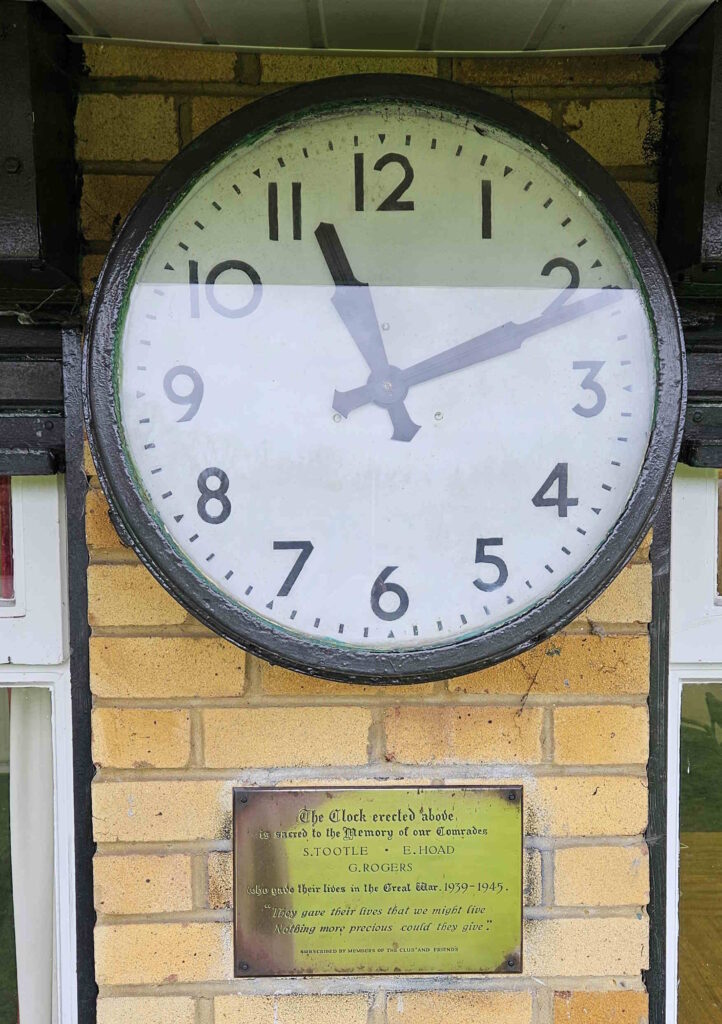
Photograph of the clubhouse clock and commemorative plague
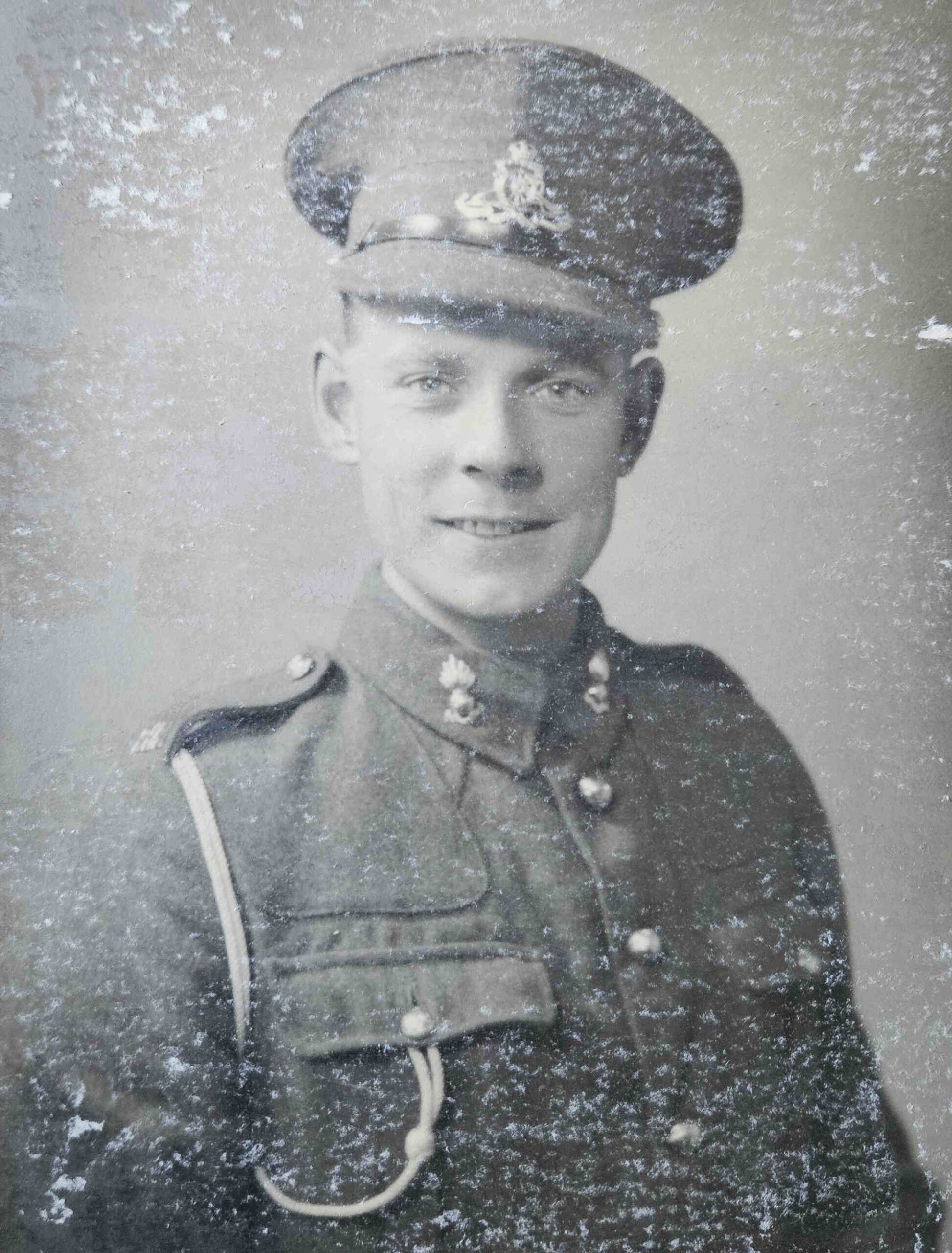
Bombardier Ted Hoad pictured, 1936 in Royal Artillery uniform
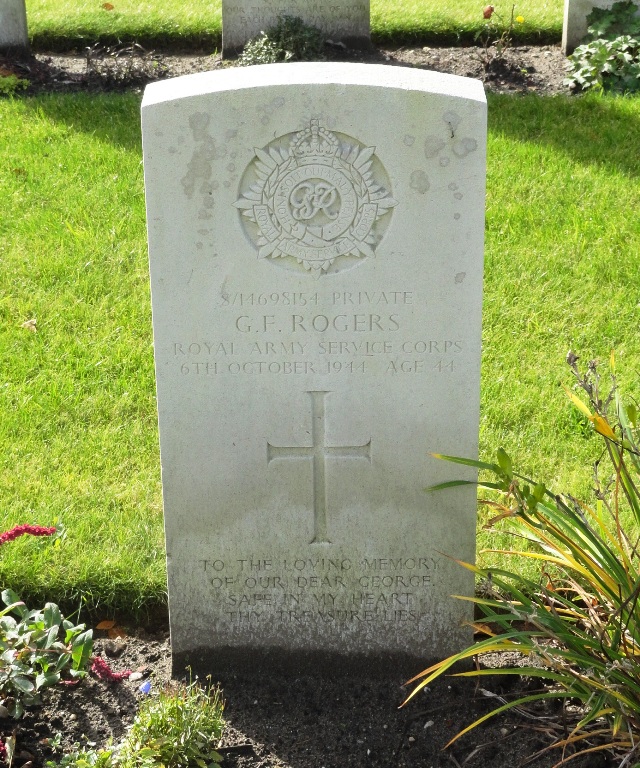
Gravestone for Private George Rogers at Jonkerbros War Cemetery, Netherlands
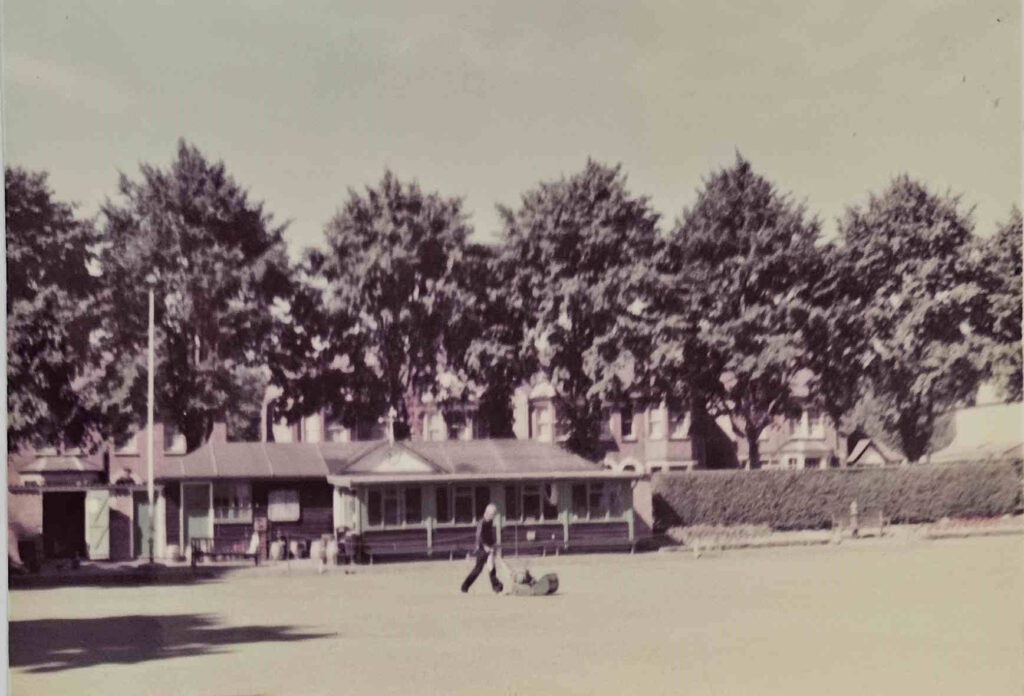
Photograph of our 2nd clubhouse built in 1979
The Ladies Club was revived in 1972 under the leadership of Secretary Mrs. D. Howard. Notable champions like Joyce Killer have left their mark on our history.
In 1978, the Ladies Club merged with the Men, promoting unity within our club. A new clubhouse was built in 1979, providing a modern space for our members to gather. Our current clubhouse was constructed in 1985, marking another milestone in our club’s journey.